What Does The Eyepiece Do On A Microscope ?
The eyepiece, also known as the ocular lens, is the lens closest to the eye on a microscope. It is responsible for magnifying the image produced by the objective lens, which is the lens closest to the specimen being viewed. The eyepiece typically has a magnification power of 10x, although this can vary depending on the microscope. When combined with the magnification power of the objective lens, the total magnification of the specimen can be calculated. For example, if the objective lens has a magnification power of 40x and the eyepiece has a magnification power of 10x, the total magnification would be 400x. The eyepiece also helps to focus the image and can be adjusted to accommodate for differences in the viewer's eyesight.
1、 Magnification
The eyepiece on a microscope is an essential component that plays a crucial role in the magnification of the specimen being observed. The eyepiece is also known as the ocular lens, and it is located at the top of the microscope's body tube. The primary function of the eyepiece is to magnify the image produced by the objective lens, which is located at the bottom of the microscope.
The magnification power of the eyepiece varies depending on the type of microscope being used. For instance, a compound microscope typically has an eyepiece magnification of 10x, while a stereo microscope has an eyepiece magnification of 20x or more. The eyepiece's magnification power is usually indicated on the lens itself or in the microscope's specifications.
In addition to magnifying the image, the eyepiece also helps to focus the image by adjusting the distance between the eyepiece and the objective lens. This adjustment is known as the eyepiece's diopter adjustment, and it allows the user to compensate for any differences in vision between their left and right eyes.
In recent years, there have been advancements in eyepiece technology that have improved the quality of the images produced by microscopes. For example, some eyepieces now come with built-in cameras that allow users to capture images and videos of the specimens they are observing. Additionally, some eyepieces have been designed to reduce eye strain and fatigue, making them more comfortable to use for extended periods.
In conclusion, the eyepiece on a microscope plays a critical role in magnifying the image produced by the objective lens. Its magnification power and diopter adjustment allow users to focus and view specimens with greater clarity. With advancements in technology, the eyepiece has become even more versatile and user-friendly, making it an essential component of modern microscopes.
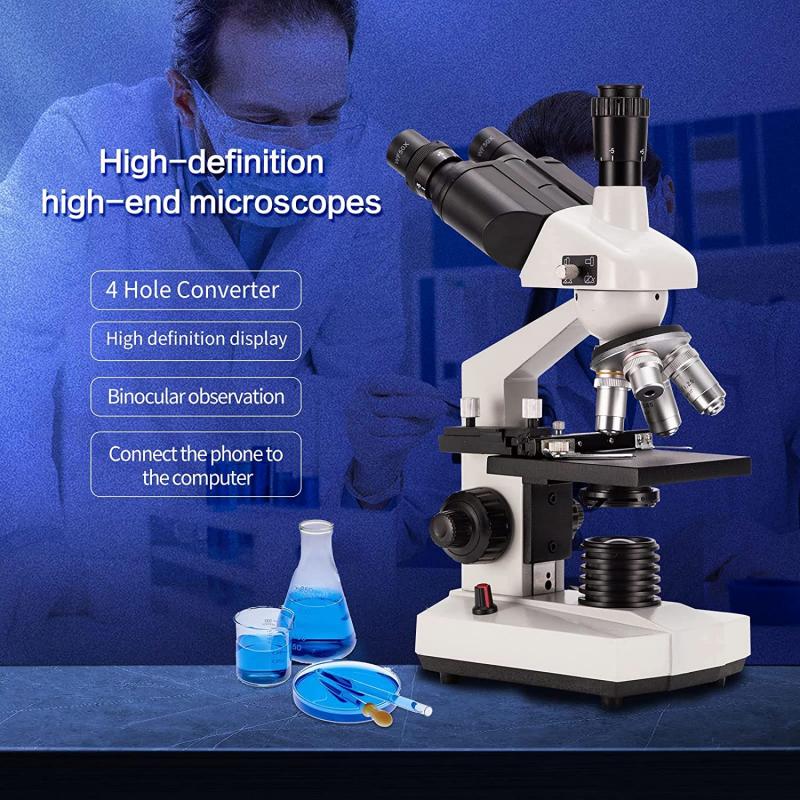
2、 Field of view
The eyepiece, also known as the ocular lens, is an essential component of a microscope. It is the lens that is closest to the eye and is responsible for magnifying the image produced by the objective lens. The eyepiece typically has a magnification power of 10x, although some microscopes may have eyepieces with higher magnification powers.
One of the primary functions of the eyepiece is to provide a clear and detailed view of the specimen being observed. The eyepiece works in conjunction with the objective lens to produce a magnified image of the specimen. The eyepiece also helps to adjust the focus of the microscope, allowing the user to obtain a clear and sharp image of the specimen.
Another important function of the eyepiece is to determine the field of view. The field of view refers to the area of the specimen that is visible through the microscope. The size of the field of view is determined by the magnification power of the eyepiece and the objective lens. A higher magnification power will result in a smaller field of view, while a lower magnification power will result in a larger field of view.
In recent years, there has been a growing trend towards using digital microscopes, which use a camera to capture images of the specimen. In these microscopes, the eyepiece is replaced by a digital camera, which captures the image and displays it on a computer screen. This allows for easier sharing and analysis of the images, as well as the ability to store and archive the images for future reference.
In conclusion, the eyepiece is a critical component of a microscope, responsible for magnifying the image produced by the objective lens and determining the field of view. With the advent of digital microscopes, the role of the eyepiece has evolved, but it remains an essential part of the microscope.
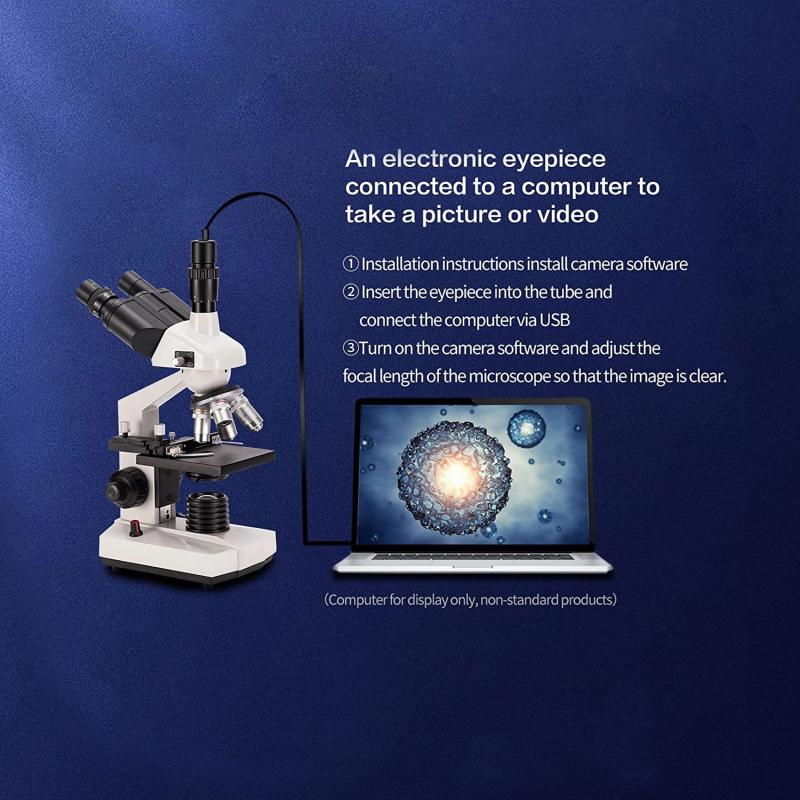
3、 Eye relief
The eyepiece on a microscope is an essential component that allows the user to view the magnified image of the specimen. It is also known as the ocular lens and is located at the top of the microscope's body tube. The eyepiece is responsible for magnifying the image produced by the objective lens, which is located at the bottom of the microscope.
The eyepiece typically has a magnification power of 10x, although some microscopes may have eyepieces with higher magnification powers. The eyepiece also has a diopter adjustment ring that allows the user to adjust the focus of the eyepiece to compensate for any differences in the user's eyesight.
One important aspect of the eyepiece is eye relief, which refers to the distance between the eyepiece lens and the user's eye. Eye relief is an important consideration for users who wear glasses or have other vision impairments. A longer eye relief allows users to view the image without having to press their eye directly against the eyepiece, which can be uncomfortable for some users.
In recent years, there has been a growing trend towards using digital microscopes that do not require an eyepiece. Instead, these microscopes use a digital camera to capture the image and display it on a computer screen. This approach has several advantages, including the ability to easily share images with others and the ability to capture and store images for later analysis. However, traditional microscopes with eyepieces remain an important tool for many applications, particularly in fields such as biology and medicine.
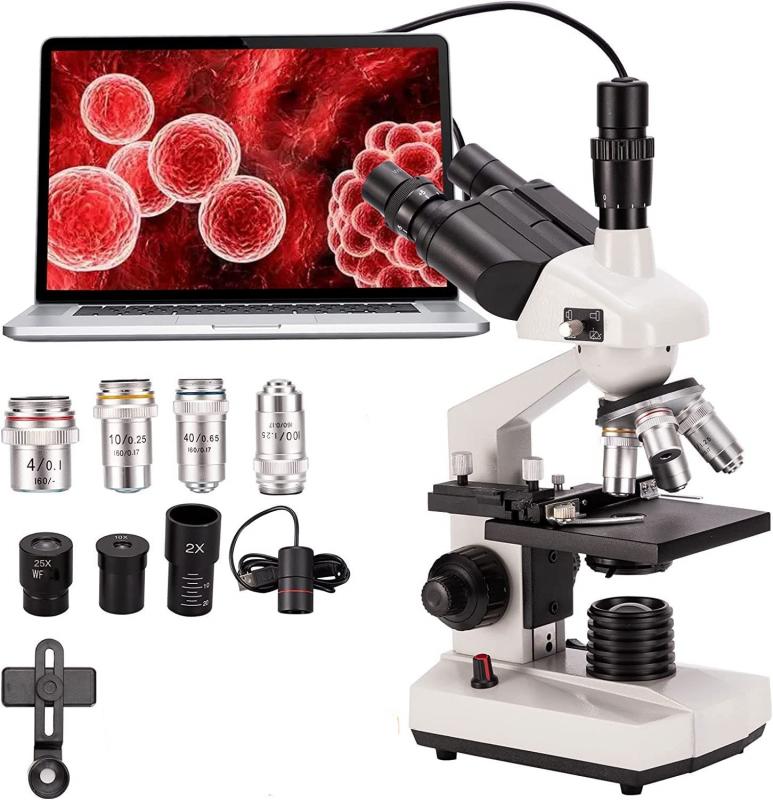
4、 Diopter adjustment
The eyepiece on a microscope is an essential component that allows the user to view the magnified image of the specimen. It is the part of the microscope that the user looks through to observe the magnified image produced by the objective lens. The eyepiece typically contains a lens or a set of lenses that magnify the image produced by the objective lens. The magnification power of the eyepiece is usually indicated on the lens itself or in the microscope's specifications.
In addition to magnifying the image, the eyepiece also allows for diopter adjustment. Diopter adjustment is the process of adjusting the focus of the eyepiece to match the user's eyesight. This is particularly important for users who wear glasses or contact lenses. The diopter adjustment allows the user to adjust the focus of the eyepiece to compensate for any visual impairment, ensuring that the image is clear and in focus.
Recent advancements in microscope technology have led to the development of digital eyepieces. These eyepieces contain a camera that captures the magnified image and displays it on a computer screen. This allows multiple users to view the same image simultaneously and enables the user to capture and save images for later analysis. Digital eyepieces also offer the ability to adjust the image settings, such as brightness and contrast, to enhance the image quality.
In conclusion, the eyepiece on a microscope is a critical component that allows the user to view the magnified image produced by the objective lens. It also allows for diopter adjustment to compensate for any visual impairment. Recent advancements in microscope technology have led to the development of digital eyepieces, which offer additional features such as image capture and adjustment settings.
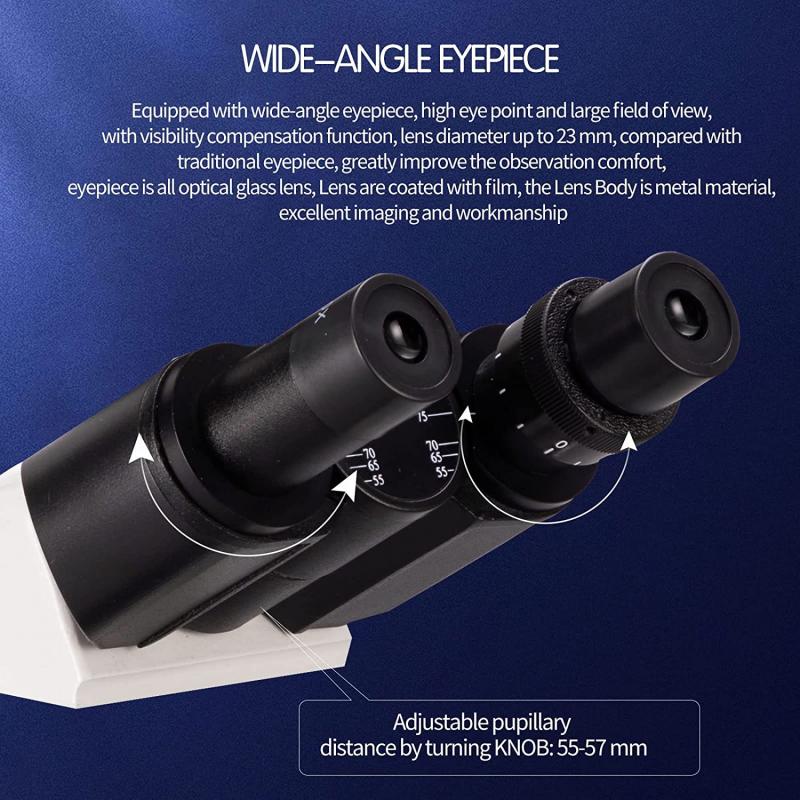






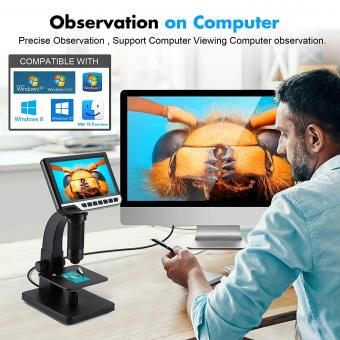

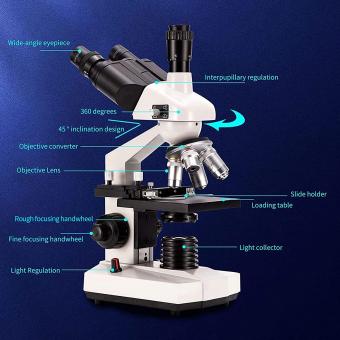


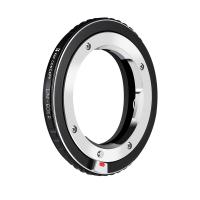


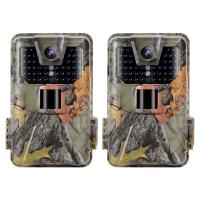





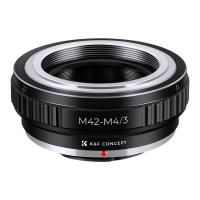
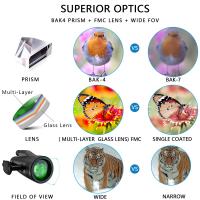




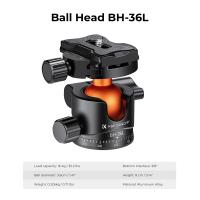

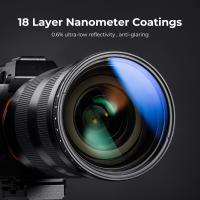
There are no comments for this blog.